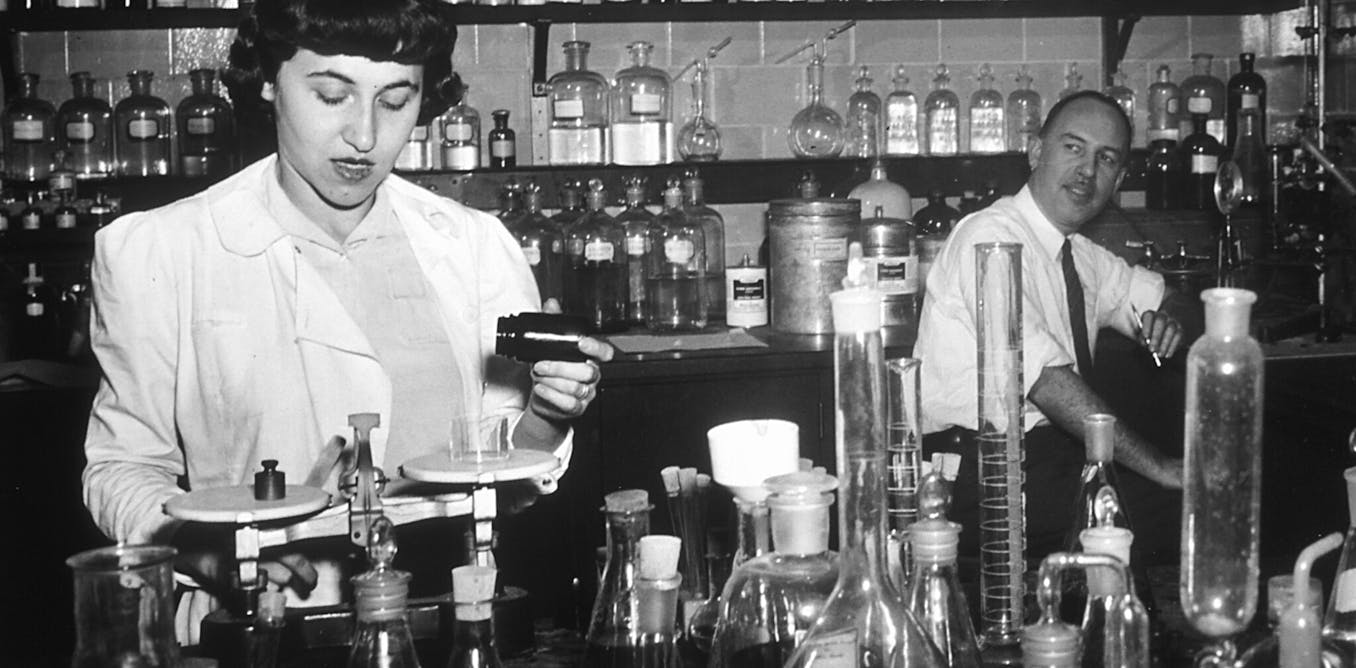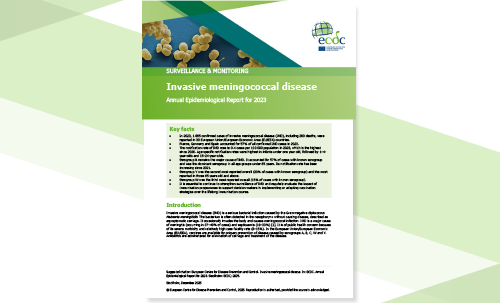- Artificial Intelligence in Cardiology: The Current Applications and Future Directions Cureus
- AI model helps diagnose often undetected heart disease from simple EKG University of Michigan Health
- AI to Predict Heart Attacks and Other Diseases Ten…
Category: 6. Health
-

Artificial Intelligence in Cardiology: The Current Applications and Future Directions – Cureus
-

Sleep compensation on work-free days is associated with better sleep q
Introduction
Restful sleep is essential for regeneration and energy balance and plays an important role for mental- and physical health.1–8 Insufficient sleep is manifested by daytime fatigue and reduced performance and can lead to increased…
Continue Reading
-

How the NIH became the backbone of American medical research and a major driver of innovation and economic growth
As a young medical student in 1975, I walked into a basement lab at the National Institutes of Health in Bethesda, Maryland, to interview for a summer job.
It turned out to be the start of a lifelong affiliation – first as a trainee, then…
Continue Reading
-

The Effect of Seizures on Perinatal Outcomes in Pregnant Women with Ep
Introduction
The neurological disorder epilepsy is particularly frequent during pregnancy. Epilepsy affects women of childbearing age and the prevalence of epilepsy during pregnancy is 0.3–0.7.1 Although pregnant women with epilepsy (WWE) are…
Continue Reading
-

Skin Metastasis from Cervical Adenocarcinoma with Intrapulmonary Metas
Introduction
Skin metastasis refers to the spread of cancerous cells from a primary internal cancer to the skin and represents a manifestation of advanced systemic disease with poor prognosis.1,2 The presence of skin metastasis often indicates…
Continue Reading
-

How Long Do Cold Symptoms Last?
When you need to see a doctor
If a cold eases up and then symptoms return, get evaluated by a doctor, Zavala says.
Respiratory ailments can make it more…
Continue Reading
-

Perioperative Ketamine Exposure and Postoperative atrial fibrillation/
Introduction
Thoracic surgery, particularly video-assisted thoracoscopic surgery (VATS), represents a significant advancement in minimally invasive surgical techniques; however, it continues to present considerable challenges in perioperative…
Continue Reading
-

Many parents struggle to navigate conversations about nutrition with teens
As teens gain more independence in their food choices, many parents struggle to navigate conversations about nutrition -which could be especially important during the holidays, when celebrations often center around meals.
While…
Continue Reading
-

Invasive meningococcal disease – Annual Epidemiological Report for 2023
In 2023, 1 895 confirmed cases of invasive…
Continue Reading
